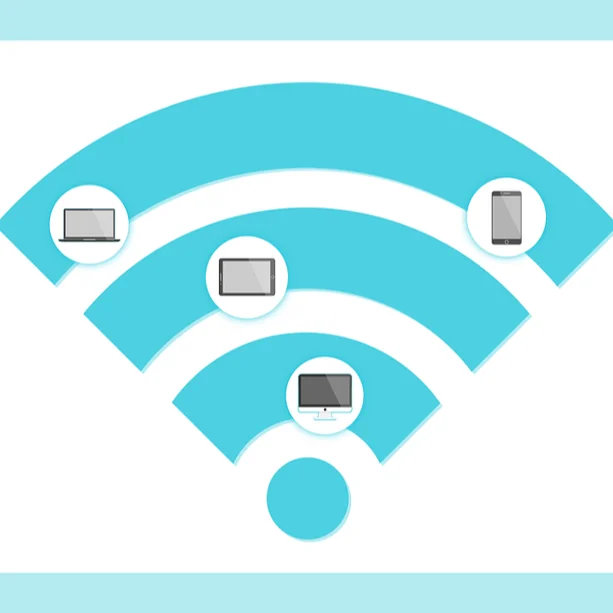When considering various types of wireless technology for a new M2M or Internet of Things product, it can pay to make sure you have your finger on the pulse of the latest things, hence this post, new wireless technology 2015.
Wireless Gigabit: WiFi 802.11ad
WiFi as you know it today operates in the 2.4GHz or 5GHz unlicensed ISM band spectrum. There has been a steady stream of improvements to WiFi standards over the last decade, from b, g, n, and recently 802.11ac, each added more speed, stability, and capacity. There is a limit to the theoretical maximum data speed at 2.4GHz or 5GHz.
In order to get wireless speeds up to 10Gbits/s or more, 802.11ad makes use of the 60 GHz wireless spectrum, often called millimeter wave spectrum. The drawback of using 60 GHz is that the range will be extremely short, even compared with today’s WiFi. Signals at 60GHz cause resonance in oxygen molecules, which attenuates the signal even more rapidly than normal.
Also, a new frequency band means new hardware, so existing routers, computer, and phones will all need new radios and antennas to make use of the 802.11ad protocol.
Long Range WiFi: WiFi 802.11ah
On the other extreme is 802.11ah, which is a sub GHz version of WiFi that offers lower data rates, but much longer range. The main issue is that there is no worldwide standard sub GHz spectrum. In the Americas, the 915 MHz ISM band will be used, but in Europe, the smaller 868 MHz RFID band is the only spectrum available.
Many believe this band will be widely used in Internet of Things applications, given the superior range and building penetration abilities of sub GHz radios.
Bluetooth Smart (Low Energy)
Bluetooth Low Energy (LE), also called Bluetooth Smart, is a new protocol standard for Bluetooth which still uses the 2.4 GHz spectrum, but has a much more power efficient protocol for handling ad hoc sessions. This means that devices do not have to transmit constantly, and thus they can save quite a bit of power. Bluetooth LE is used in new beacon based location proximity systems, like Apple iBeacon.
Bluetooth LE allows sensors and consumer devices, like the Automatic OBD sensor or AirFinder GPS tracker to easily communicate
Wireless Charging
While we at Link Labs usually think digital data wireless, advances in Wireless Changing certainly have our attention. The smart team over at WiTricity have developed a method of coupling the near field of lower frequency radio transmissions (9.9 MHz) to wirelessly “beam” power between devices like a charger and a phone (or electrical vehicle).
Certainly something to watch.
Symphony Link
Of course, the shameless plug. If you’re interested in the ultra long-range radio systems we build here at Link Labs, please check out the whitepaper below:





